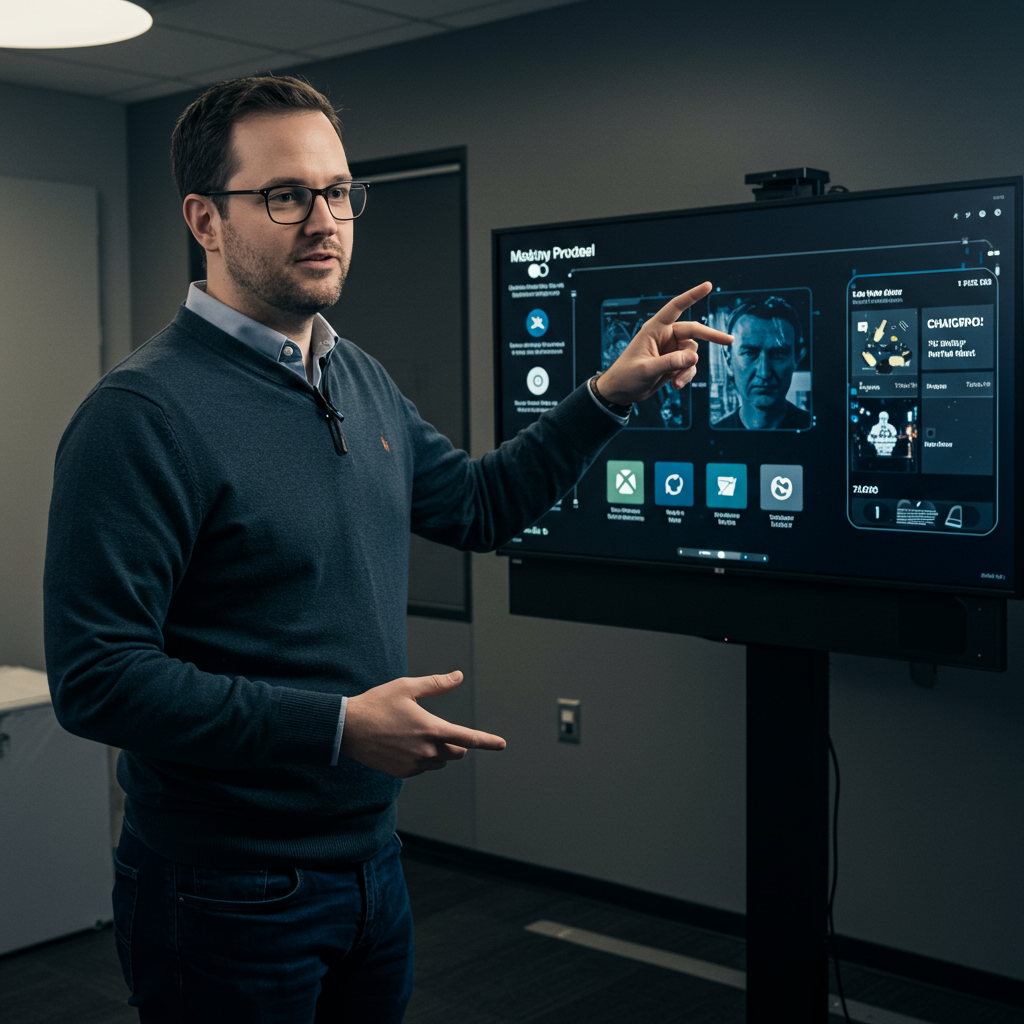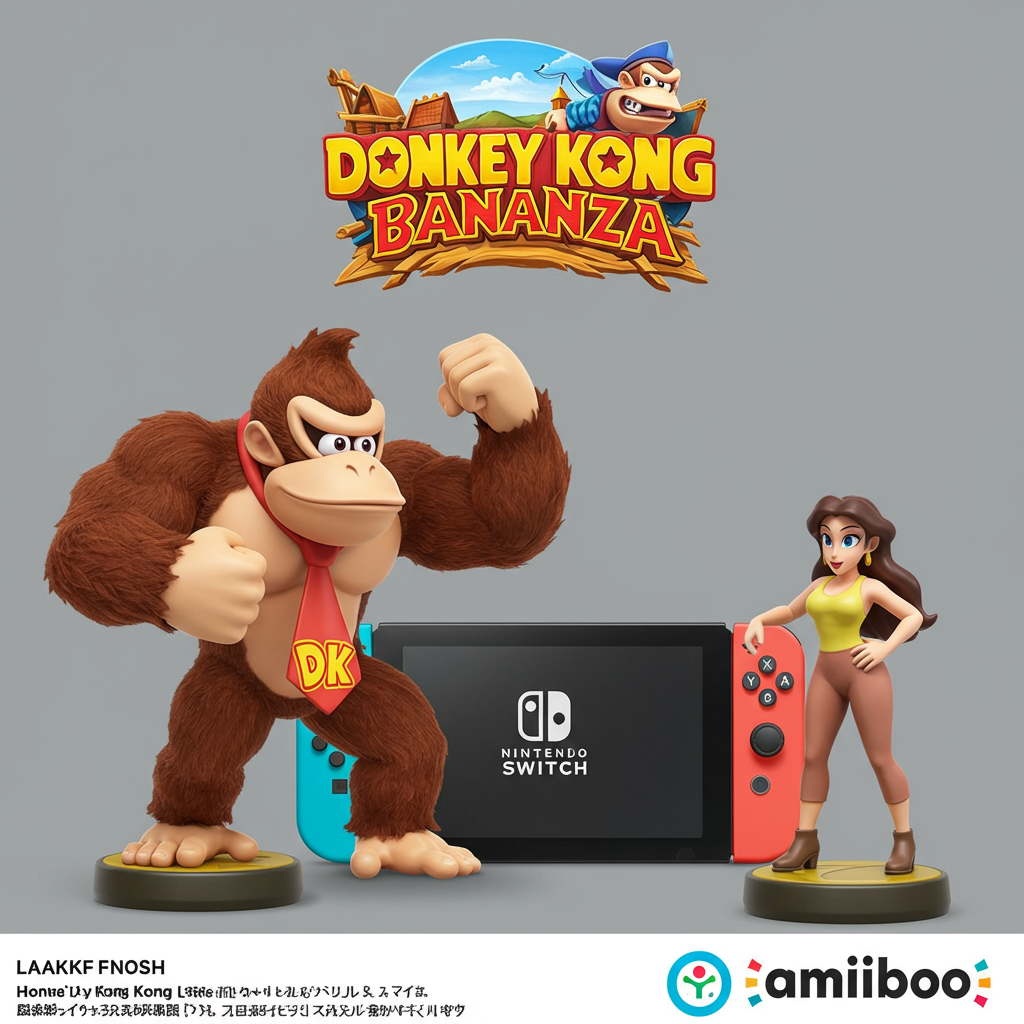Hideo Kojima, the visionary behind the Metal Gear series, has a reputation for creating games that are as perplexing as they are captivating. His 2019 title, “Death Stranding,” was no exception. It split opinions with its unique blend of walking simulator gameplay, a deeply intricate sci-fi narrative, and challenging traversal mechanics. Now, Kojima Productions returns with “Death Stranding 2: On the Beach,” a direct sequel that seeks to build upon the foundation of its polarizing predecessor.
This follow-up largely maintains the core identity that defined the original, expanding the post-apocalyptic world while centering on protagonist Sam Porter Bridges (portrayed by Norman Reedus) as he grapples with profound themes of love, loss, and reconnection. However, “Death Stranding 2” also introduces significant gameplay enhancements and narrative developments, aiming to provide a more refined and perhaps, for some, more “hospitable” experience.
A World Changed, a Mission Renewed
Set 11 months after the events of the first game, where Sam successfully connected the fragmented United States via the Chiral Network, “Death Stranding 2” sees society still reeling from the catastrophic “Death Stranding” event. This phenomenon blurred the lines between the living and the dead, unleashing destructive voidouts and forcing survivors into isolated underground shelters.
Sam, seeking a quiet life, is inevitably drawn back into the fold. This time, his mission takes him south towards Mexico before venturing across the globe to Australia. The goal remains familiar: expand the Chiral Network, linking distant settlements and facilitating the transfer of data and resources to prevent another potential extinction event. This journey is undertaken with a new crew operating from a massive floating base, the DHV Magellan, adding a sense of “found family” and providing a hub for character interactions.
While the overarching plot structure might feel somewhat similar to the first game, “Death Stranding 2” delves deeper into specific narrative threads. A significant focus is placed on exploring the origins and past of Lou, Sam’s adoptive Bridge Baby companion, adding a crucial personal dimension to Sam’s story that some find enhances his emotional core. The narrative is dense and often unpredictable, filled with Kojima’s signature entanglements, though some critics note pacing issues, particularly early on, and suggest the story can sometimes be difficult to follow. However, key revelations and climactic moments arrive, often featuring striking cinematic sequences. The story also touches on diverse themes, from the impact of technology and AI versus human expression to climate change, automation, and gun culture, revisiting concepts Kojima has explored throughout his career.
The Journey: More Than Just Walking
At its heart, the gameplay of “Death Stranding 2” remains centered around the challenging task of delivering cargo across a vast, open world filled with natural barriers like mountains, rivers, and treacherous terrain. The act of delivery is the primary puzzle, requiring players to carefully manage Sam’s limited carrying capacity, balancing the weight and dimensions of each item to optimize his load and navigate the environment without damaging precious cargo. The satisfying loop of planning a route, preparing gear, and successfully completing a long, difficult trek persists.
However, “Death Stranding 2” introduces numerous improvements and new systems designed to enhance the delivery experience and broaden gameplay. Navigation is aided by returning structures like roads and ziplines, which players build cooperatively in the shared online world – a system still praised as a unique and effective use of multiplayer connectivity. New additions include an instantaneous transporter (though cargo must be left behind) and a monorail system for heavy loads. The game also provides access to helpful tools and vehicles earlier than its predecessor, potentially easing the initial difficulty curve for some players. Dynamic environmental hazards like sandstorms, earthquakes, and timefall-induced flooding further add to the challenge and require careful planning.
Beyond delivery, a more robust character progression system allows players to unlock new tools and boost stats, with a flexible perk system enabling players to customize Sam based on their playstyle. A constant stream of inventive gadgets, from blood boomerangs to mechanical dogs, are introduced, showcasing a wealth of creativity.
Increased Action, Mixed Results
“Death Stranding 2” features a notable increase in action and combat sequences compared to the original. Sam has access to a wider arsenal of weapons, from pistols and machine guns to rockets, to fend off human cargo thieves and supernatural BTs (Beached Things). While the first game often encouraged stealth or non-lethal methods, the sequel seems to push players towards combat more frequently, with some missions rewarding firepower.
Opinions on combat effectiveness differ. Some critics find the controls still cumbersome and clunky, echoing issues from the first game. However, others report significant improvements, noting that combat feels more engaging, flexible, and provides a greater sense of power fantasy, allowing for varied approaches from stealth to direct confrontation. BT encounters, while perhaps less terrifying than in the original due to being less prominent in the open world, are described as featuring more active and dangerous variants in mandatory encounters. Boss battles are also present, adding visually striking spectacles.
Atmosphere and Presentation
Technically and artistically, “Death Stranding 2” is widely lauded. The visuals are stunning, rendering the new Australian setting with remarkable detail and realism, creating environments that feel vast, dynamic, and sometimes otherworldly. Performance capture for the returning and new cast (including Léa Seydoux, Elle Fanning, and Troy Baker returning as Higgs) is excellent, bringing nuanced personalities to life. The game makes impressive use of the PS5’s DualSense controller, with haptic feedback and adaptive triggers enhancing immersion by allowing players to feel the terrain underfoot or the degradation of items in the timefall rain. The sound design and accompanying soundtrack, featuring a mix of atmospheric tracks and licensed music, are consistently praised for enhancing the game’s unique atmosphere.
The Verdict: More of the Same, or Elevated?
Ultimately, “Death Stranding 2: On the Beach” is a game that knows exactly what it is, and it’s likely to be just as divisive as its predecessor. For players who found the first game’s core loop tedious or its narrative impenetrable, the sequel may not change their minds, as it largely retains that distinctive identity.
However, for those who appreciated the original’s unique vision, atmospheric world, and thematic depth, “Death Stranding 2” offers a significant expansion and refinement. With improved gameplay mechanics, a more action-oriented approach that some find makes the experience more engaging, and a continued focus on a complex, personal story, it represents an evolution. Whether the reduction of the original’s intentional “friction” enhances or detracts from the core experience is a point of contention among players and critics.
It demands patience and investment, but for players willing to embrace its peculiarities, “Death Stranding 2: On the Beach” delivers an unforgettable journey through one of gaming’s most unique and visually stunning sci-fi universes, solidifying Kojima’s reputation for crafting experiences unlike any other.
“Death Stranding 2: On the Beach” is available exclusively on PS5.


